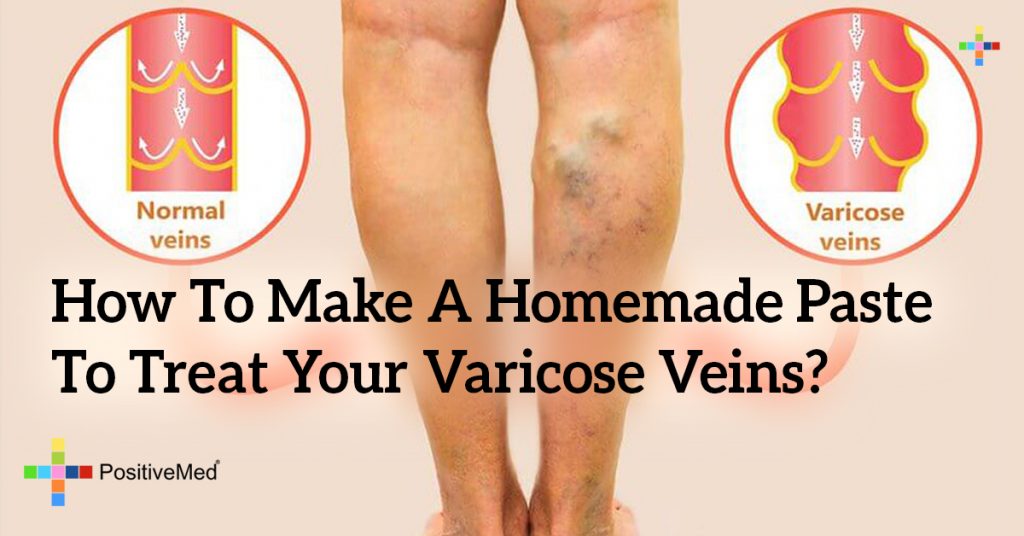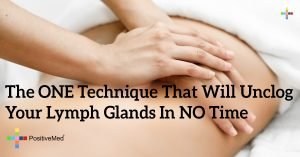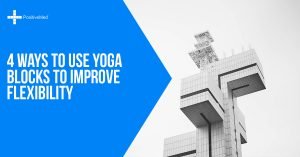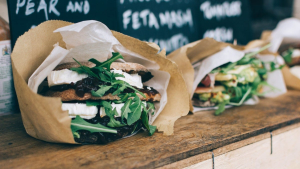
What are varicose veins?
The word varicose means “dilated vein” in Latin; therefore, varicose veins are literally dilated veins. It is the dilation or swelling of these veins that makes them more visible beneath the skin than normal-sized veins.
What causes varicose veins?
According to representatives of the National Heart, Lung, and Blood Institute (NHLBI), the following factors can increase an individual’s chances of developing varicose veins: “family history, older age, gender, pregnancy, obesity, lack of movement, and leg trauma.”
Who is at risk?
Associates of the Office on Women’s Health (OWH) have asserted that varicose veins “affect half of people 50 and older.” Based on their findings, they go on to state that “about 50 to 55 percent of women and 40 to 45 percent of men in the United States suffer from some type of vein problem.”
What are the different stages of varicose veins?
Varicose veins can be categorized as mild, moderate or severe based on their appearance and subsequent symptoms . For example, spider veins would be considered mild varicose veins. As implied by the nickname, spider veins often look like spider legs beneath the skin. They are not as pronounced or widespread as moderate and severe varicose veins, which are often rope-like in appearance.
Left untreated, varicose veins can cause the following issues: skin discoloration, ulcers, a heaviness or burning sensation and swelling in the affected areas.
Are there any “natural” remedies for varicose veins?
RELATED ARTICLE: 5 Ways You Can Prevent Varicose Veins
There is currently no non-surgical way to remove varicose veins; however, there are some natural therapeutic measures that can be taken to reduce the appearance and discomfort that they can cause.
Compression stockings, for example, can be worn to help reduce pain and swelling associated with varicose veins. Additional non-surgical treatments include the following paste recipe:
• ½ cup chopped or diced carrot
• 3 tbsp. aloe vera gel
• ½ cup apple cider vinegar
A mixer or blender should be used to combine the ingredients until they are paste-like in consistency. These amount of each can be doubled, tripled and so on if more paste is needed to cover the affected areas of the body.
Next, apply the paste wherever varicose veins are visible and let it sit for 30 minutes. Individuals who have varicose veins on their legs are advised to keep their legs elevated after applying the paste.
Warm water should be used to remove the paste after the 30 minute period has lapsed. The treatment can be repeated daily as needed.
What makes the paste recipe effective? The answer lies in its three-fold approach.
• Carrots contain antioxidants, which are used in many skin care products and can reportedly reduce a person’s chances of developing heart disease as well.
• Apple cider vinegar “can act as an anticoagulant, or blood thinner,” which can help prevent clots.
• Aloe vera gel has been used for millennia to treat a number of ailments, including inflammation of the skin.
Conclusion
As is the case with synthetic medication, some “natural” remedies can also have side effects that may exacerbate existing health issues. This is why it is imperative that that individuals consult a professional healthcare provider before using purported organic remedies.







